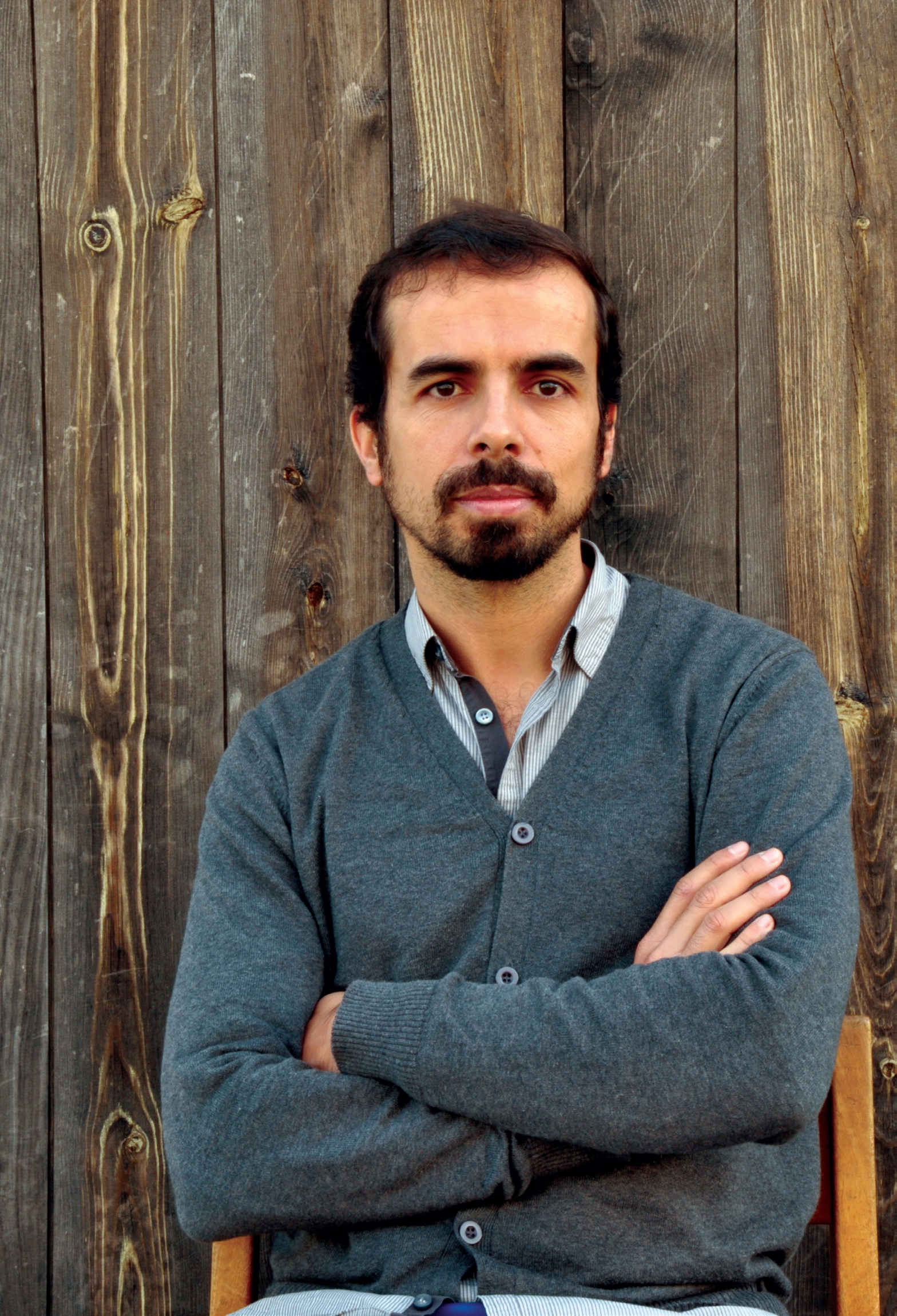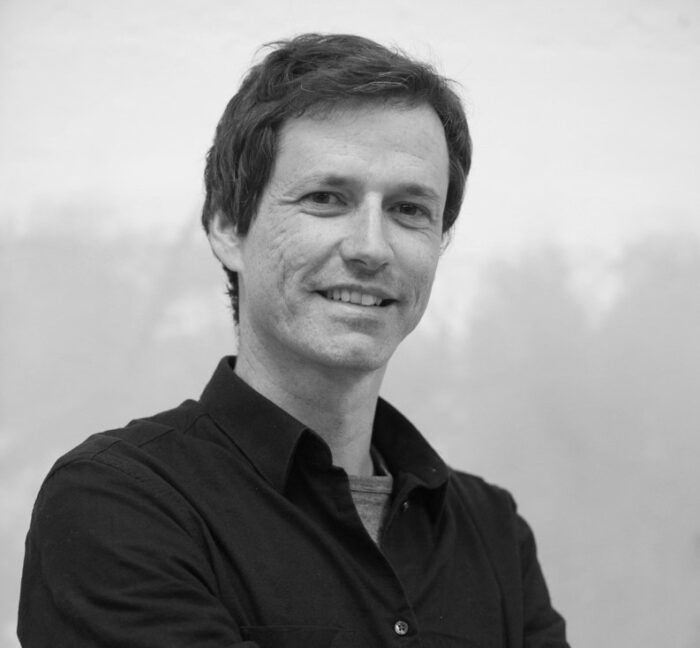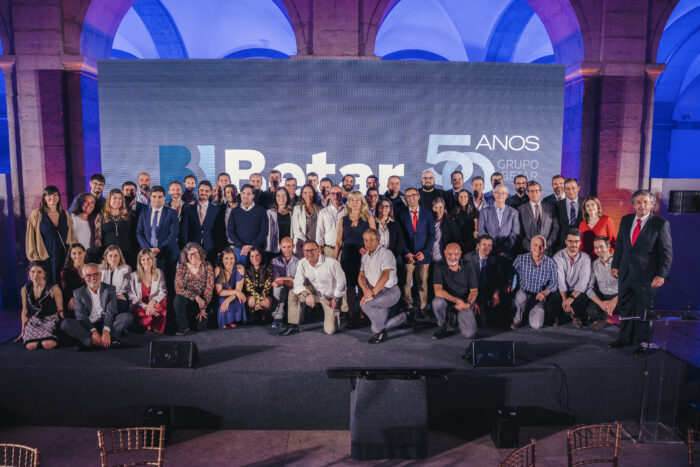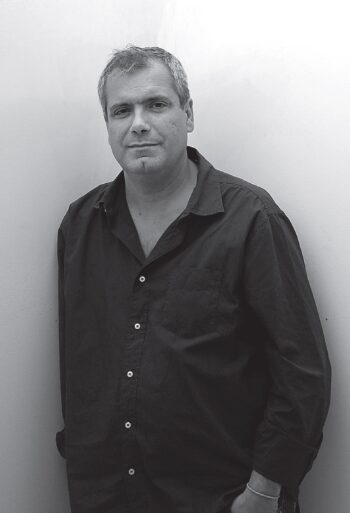A conversation with Arch. Paulo Pereira

A conversation with Arch. Paulo Pereira
'It would be very important for the landscape architect to be heard properly and the idea that he only comes to "add the flowers" later, must disappear'
What is your job, procedurally?
The work of the landscape architect must always be seen as part of a team work, and in that aspect, having integrated a team like Promontório brought me ease in the work process, because I am present from the genesis of each project and in permanent contact with the architecture team. I was given the opportunity to build a solid team of landscape architects and every project is the result of a very interesting interaction between us and the architects. On the other hand, working in a multidisciplinary structure allows a fluidity of communication that is reflected in the development of the project and that is different from each one working in their individual space. Although I have a huge interest in architecture and understand the point of view of my fellow architects, my vision as a landscape architect often ends up being different and this generates discussion, which is always an asset for the development of each project.
How does landscape architecture provide solutions for sustainability and balance between man and the environment?
The training of the landscape architect is very comprehensive, allowing us to develop a vision and sensitivity about the territory, which combined with the technical aspects ranging from geography, hydrology, ecology, botany, civil construction, etc., along with an architectural vision, more related to the design of space, gives us a very comprehensive perspective and an image that contemplates all concepts of sustainability and balance between man and the environment. Unfortunately, in the job market, we are not always given the possibility to participate since the beginning of the project, and in many decision-making and technical entities, the idea that the landscape architect comes only to “add the flowers” still persists. I remember one of my first projects, gave me a mixture of indignation and revolt. It was a project for a water line on Madeira’s Island, where the landscape architecture team was called in to make the plantations as if it were a cosmetic operation. The architectural project was already developed, the buildings were implanted in completely wrong places and I remember that I absolutely disagreed with the options of the hydraulic project … in short, there was nothing we could do. The landscape architect was only asked for a planting plan to look good on the opening day. A few years later, there were floods in Madeira and the constructions of this project were strongly affected. It is a matter of public security, not to mention public money. It would be very important for the landscape architect to be heard properly and beforehand.
Is landscape architecture increasingly recognized by the city entities or is there still a long way to go?
There has been a great evolution since the first generation of landscape architects. We owe a lot to professionals like Prof. Francisco Caldeira Cabral, Álvaro Ponce Dentinho, António Viana Barreto, Gonçalo Ribeiro Telles, among others. Despite this, we still have a long way to go. The landscape architect has to be called on due to the real importance of the discipline as a specialty that concentrates a knowledge that concerns the interrelation of the different parts of the project with the landscape and not to fulfill another requirement imposed by legislation. The fact that we do not have an Order is a struggle that APAP (Portuguese Association of Landscape Architects) has had for years. There is an open petition to correct this situation and the Republic Assembly takes the legislative initiative to approve the creation of the Order of Landscape Architects or authorize the government to legislate on this matter. If any of the readers are interested, they can sign it on the APAP website.
What difference do you find in the way you do your work between Portugal and the other countries where you have already developed projects?
Apart from the specific biophysical characteristics of each site, which determine the matrix of our work, the biggest challenge is to understand the cultural specificities of each site; first to understand how to do it, but above all to understand how the society which we are working for relates and lives the outer space and consequently the spaces that we are going to create. Developing a project for Mozambique is completely different from doing the same type of project for Saudi Arabia, Russia, or Vietnam, and it is not just about the fact that one is in the desert, the other in Siberia or in the tropics, it goes much further than that, as there is a whole socio-economic / cultural legacy that will have to be analyzed and contextualized in advance.
This interview is an integral part of Revista Artes & Letras # 99, July / August 2018
Partially automatic translation from portuguese: some expressions may differ from their actual meaning.
News & Interviews
A conversation with Arch. Filipe Mónica
'[Architecture] is always developed on risk and experimentation. Only in this way can it aspire to continue to be a cultural manifestation of man's action in the permanent renewal of the world' Read more
Birthday Dinner
To celebrate the 50th anniversary of BETAR we gathered several customers, partners, employees and friends at a commemorative dinner. Read more
A conversation with Arch. Manuel Aires Mateus
‘The client doesn’t draw with us, but we draw with his ambition, translating his individuality, and that takes us away from the banality of the answer’ Read more




